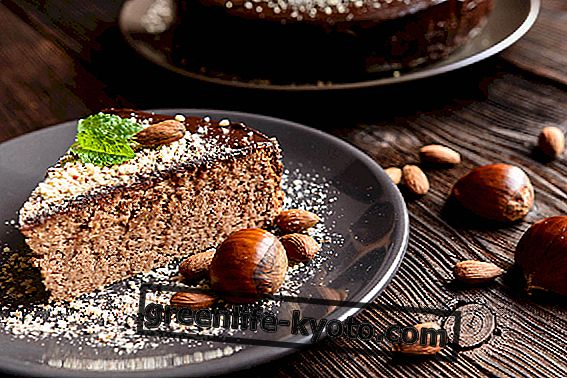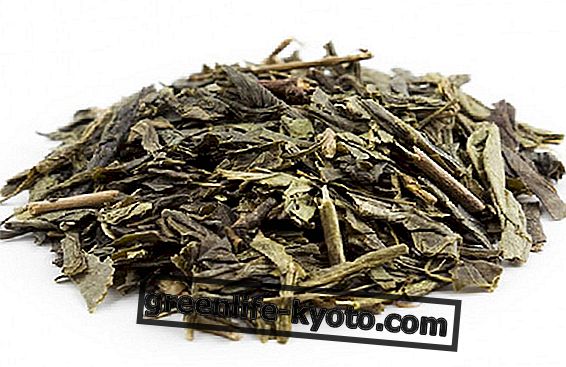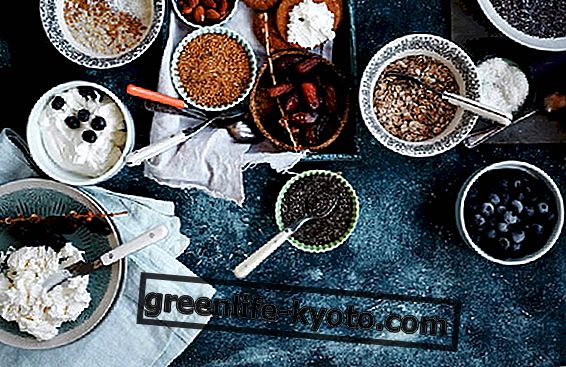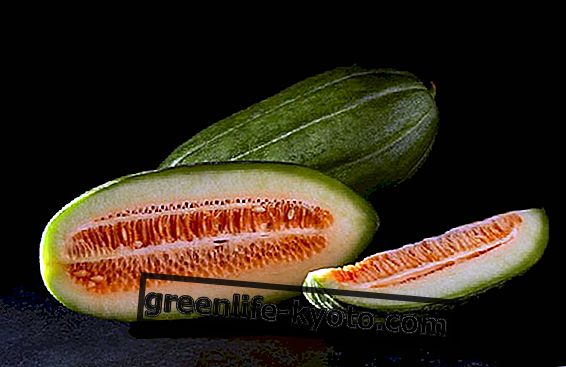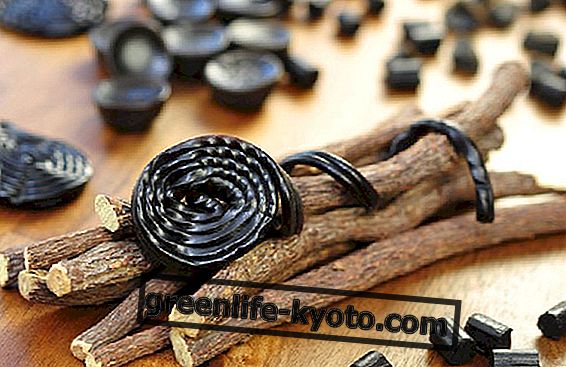
If it seems so impossible, in reality it is not: cultivating the licorice plant is simpler than it may seem. All you need is a garden or a balcony and a little bit of earth!
Licorice is in fact one of those rustic plants, or rather it presents a certain resistance in the face of low temperatures and in the face of unfavorable conditions for other types of plants, which grows in southern countries, such as the south of Italy, Iran, Turkey, in clay and limestone soils.
Grow licorice: what do you start with?
To start cultivating licorice, the best thing is to take, from a licorice cultivation already in place, rhizomes about 10 centimeters long with at least three nodes.
The ideal time period for sowing licorice is the end of February or early March . Once you have recovered the rhizome, also thanks to the numerous gardening forums or word of mouth, choose a suitable place for your plant, making sure it is sunny .
The licorice plant, despite being really resistant and almost infesting, prefers indeed the Mediterranean climate of the southern areas. Once the rhizome has been found, it must immediately be planted at the bottom of a hole about 20-30 centimeters deep, in a large vase or directly in the ground.
The plant should be watered regularly, immediately after planting, whenever the soil is really dry, avoiding the formation of dangerous water stagnation, which can cause it to die.
Do you know salmiakki, salted licorice?
How to work licorice root
To harvest and work with licorice roots it is necessary to wait three years from the beginning of cultivation . After a little patience, in the third year, we proceed with the harvest, which takes place in autumn, during which the plant begins to rest and take the aerial parts of the roots .
The fresh roots of the licorice plant are cut into medium-sized pieces, washed and left to dry in the sun or in the oven at a low temperature, no more than 40 °. They can be stored in glass jars, away from heat and moisture.
These roots can be used for the preparation of herbal teas, decoctions and to taste them, like the classic sticks to stop smoking, so, from time to time. Once ground very finely, you can also get the powdered root, which lends itself to the preparation of classic black liqueurs, ice creams and other homemade desserts .
From root to candy
For the industrial extraction of the black juice that will compose the classic candies, the pure licorice pastilles and more, we can see that the harder fibers are removed from the sticks, then they are ground, pressed and put in contact with boiling water, 120 ° approximately, for about six hours.
The liquid phase is then separated from the solid phase by a hydraulic press which, in addition to separating the juice from the exhausted roots, further compresses the residues.
The liquid mixture is then passed into a centrifugal separator to remove solid residues. The liquorice juice must then be clarified and concentrated by boiling to obtain a black paste, dense and fragrant, which is passed through machines that give it the desired shape.
Curiosity. It is a plant that is part of the Leguminosae, it is characterized by a considerable height development, forming a roundish shrub that can reach a height of about one meter.
As is known, there are many properties of licorice : emollients, expectorants, laxatives . They are an excellent ally for those with low blood pressure, to be avoided instead in cases of people suffering from hypertension, who can go through nagging headaches only by eating candy. For external use it is also an excellent anti-inflammatory of the oral cavity.




